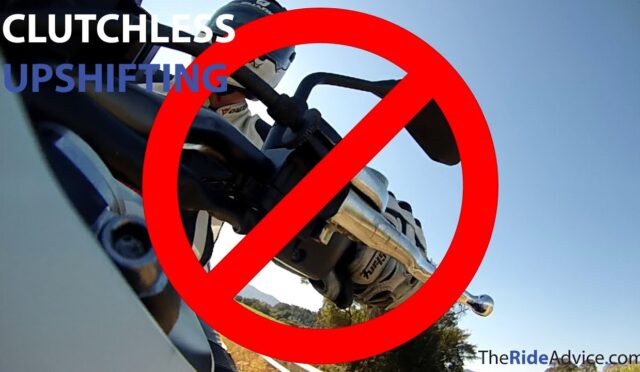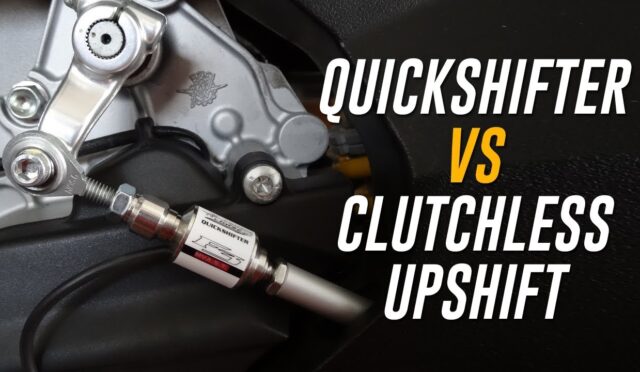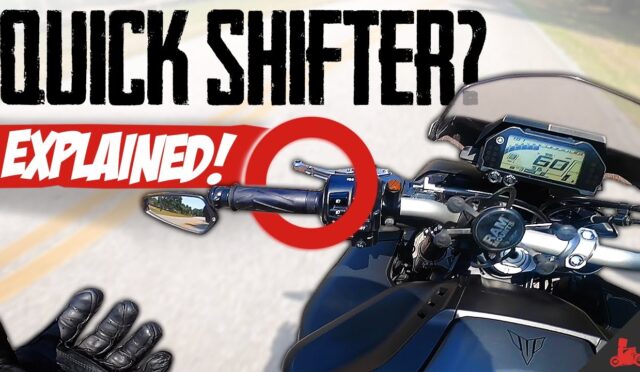Anti-lock Braking Systems (ABS) are common in modern vehicles. They help prevent wheel lock-up during hard braking. While ABS offers many benefits, there are also some negatives to consider.
One major downside of ABS is its cost. Vehicles equipped with ABS often have higher purchase prices. The added technology can increase repair costs too. If a problem arises, fixing an ABS unit can be expensive. This is due to the complex components involved.
Another negative is the maintenance requirement. ABS systems need regular checks to ensure they function correctly. Drivers may need to replace parts more frequently compared to traditional brakes. This can lead to higher ongoing costs.
The perception of safety can also be a downside. Some drivers may feel overconfident with ABS. They might brake too aggressively, thinking the system can handle any situation. This can lead to accidents that might have been avoided with better driving practices.
In some conditions, ABS may not perform optimally. For example, on loose surfaces like gravel or snow, ABS can increase stopping distances. This can cause confusion for drivers who are used to shorter stopping distances on pavement.
ABS can also lead to increased wear on tires. When ABS activates, it can cause the tires to slip and regain traction rapidly. This can lead to uneven tire wear over time. Replacing tires can be a significant expense for drivers.
Some drivers find the feedback from ABS distracting. When the system engages, it can cause vibrations and pulsing in the brake pedal. For new users, this sensation can be unsettling and may impact their driving experience.
Finally, not all drivers need ABS. For those who drive in low-speed, controlled environments, it may not be worth the extra cost. It is essential to assess individual driving needs before choosing a vehicle with ABS.
In summary, while ABS provides advantages in many scenarios, it is important to be aware of the negatives. Higher costs, maintenance needs, potential overconfidence, and performance limitations are key factors to consider. Understanding these aspects can help in making informed decisions about vehicle safety features.
Potential Increased Maintenance Costs Associated With ABS Technology
Anti-lock Braking System (ABS) technology has become a standard feature in many vehicles, enhancing safety and control. However, it is essential to consider potential drawbacks, particularly increased maintenance costs associated with ABS systems.
ABS systems consist of several components that work together to prevent wheel lock-up during braking. These components include:
- ABS control module
- Wheel speed sensors
- Hydraulic control unit
- Brake lines
While ABS can improve safety, it can also lead to higher maintenance costs. Below is a table outlining some potential cost factors associated with ABS technology:
| Cost Factor | Details |
|---|---|
| Repair Costs | If the ABS control module or any related sensors fail, repairs can cost between $100 to $1,500. |
| Diagnostic Fees | Specialized equipment is required to diagnose ABS issues, leading to potential fees of $50 to $150. |
| Parts Replacement | Brake components may need replacing sooner due to the complexities of ABS, costing an additional $200 to $600. |
| Labor Costs | Labor for ABS repairs can be higher, with rates ranging from $75 to $150 per hour. |
Moreover, ABS systems may require routine maintenance checks. This can add to the overall costs. The electronic components are sensitive, and without proper care, they may lead to more significant expenses over time.
In conclusion, while ABS enhances safety, it can also lead to increased maintenance costs. Understanding these factors can help vehicle owners make informed decisions about their braking systems.
How ABS Can Affect Riding Experience And Control In Certain Conditions
Anti-lock Braking System (ABS) is a common feature in modern motorcycles and vehicles. While it offers many benefits, it may also affect riding experience and control in specific conditions. Understanding these negatives can help riders make informed decisions.
One significant downside of ABS is its performance on loose surfaces. On gravel or dirt roads, the system can interfere with braking. Riders may find that ABS prevents them from locking the wheels intentionally. This can reduce control during emergency stops or when navigating rough terrain.
Another issue arises in slippery conditions, such as rain or snow. ABS works by modulating brake pressure to prevent wheel lock-up. However, in some cases, it might cause longer stopping distances on wet surfaces. Riders may feel less connected to the road, impacting their confidence.
The complexity of ABS systems can also present challenges. These systems require regular maintenance and can be costly to repair if problems arise. Riders should be aware that a malfunctioning ABS could lead to a significant loss of braking efficiency.
Here’s a table summarizing the potential negatives of ABS:
| Negative Aspect | Explanation |
|---|---|
| Loose Surfaces | Interference with intentional wheel lock-up during braking. |
| Slippery Conditions | Possible longer stopping distances compared to non-ABS systems. |
| Maintenance Complexity | Higher repair costs and need for regular checks. |
| Reduced Feel | Less feedback from the brakes, which can affect rider confidence. |
In conclusion, while ABS enhances safety, it may introduce challenges in certain riding conditions. Riders should consider these factors when choosing a motorcycle or vehicle equipped with this technology. Balancing safety and control is critical for an optimal riding experience.
Understanding The Impact Of ABS On Vehicle Weight And Performance
Anti-lock Braking System (ABS) is a common feature in modern vehicles. It improves safety by preventing wheel lockup during braking. However, there are some downsides related to weight and performance. Understanding these impacts can help you make informed decisions.
One significant drawback of ABS is the added weight. The system includes various components such as sensors, a control unit, and hydraulic parts. This extra weight can affect the vehicle’s overall performance. Here’s a simple comparison:
| Component | Weight Without ABS | Weight With ABS |
|---|---|---|
| Standard Brake System | 50 lbs | 60 lbs |
| ABS Components | N/A | 10 lbs (approx.) |
In total, ABS can add about 10 lbs. to a vehicle. This may seem minor, but in performance vehicles, every pound counts.
The additional weight can lead to decreased acceleration and handling. Heavier vehicles often take longer to stop, which can affect performance in critical situations. Here are a few points to consider:
- Longer braking distances on certain surfaces
- Poor handling during aggressive maneuvers
- Increased wear on tires and brakes
Another negative aspect is the system’s complexity. ABS requires regular maintenance. If any part fails, it can lead to costly repairs and potential safety issues. Additionally, some riders may feel that ABS reduces the feedback they get while braking. This can affect their confidence in controlling the vehicle.
Lastly, ABS can increase the initial cost of a vehicle. Vehicles equipped with ABS often come with a higher price tag compared to those without it. This cost may not be justifiable for all riders or drivers.
In summary, while ABS offers significant safety benefits, it comes with drawbacks related to weight, performance, and maintenance. Understanding these factors can aid in making informed choices about vehicle options.
One major drawback of ABS is the increased complexity of the braking system, which can lead to higher repair costs if it malfunctions.
While ABS can help prevent wheel lockup during hard braking, it may not always reduce stopping distances on loose or slippery surfaces.
Yes, in some scenarios, such as when cornering aggressively, ABS may cause the rider to feel less connected to the vehicle’s braking response.
ABS systems require specific maintenance procedures and diagnostics, which can complicate routine checks and repairs compared to standard braking systems.
Inexperienced riders might rely too heavily on ABS, leading to a false sense of security and potentially increasing risk-taking behavior in critical situations.
ABS components can add extra weight to the vehicle, which may affect performance and fuel efficiency, especially in lighter models.
Yes, vehicles equipped with ABS generally come with a higher purchase price due to the advanced technology involved in the braking system.
Like any electronic system, ABS can malfunction, leading to potential braking issues, which may compromise safety if not addressed promptly.
While not mandatory, understanding ABS functionality can be beneficial; riders may need to adapt their braking techniques to use the system effectively.
Some riders may find that ABS alters their braking feel, which might take time to adjust to, potentially impacting overall driving confidence.








